
Original Article by Michael Nevradakis, Ph.D.
World leaders will convene later this month in New York to discuss proposals that critics believe will enshrine global digital ID and online censorship and give the United Nations (U.N.) secretary-general unprecedented emergency powers.
Proposals to be discussed at the 79th U.N. General Assembly include the Pact for the Future, described by the U.N. as an “opportunity to create international mechanisms that better reflect the realities of the 21st century and can respond to today’s and tomorrow’s challenges and opportunities.”
The proposed Pact for the Future encompasses 11 policy proposals. These include proposals for the establishment of a U.N. “Emergency Platform” and a “Global Digital Compact,” and policy proposals on “Information Integrity” and “Transforming Education.”
Also among the U.N.’s proposals is the “Declaration on Future Generations.”
Under these proposals, the secretary-general would have “standing authority” to declare “an Emergency Platform in the event of a future complex global shock of sufficient scale, severity and reach.”
Discussions for the Pact for the Future will take place under the auspices of the Summit of the Future, described as “a high-level event, bringing world leaders together to forge a new international consensus on how we deliver a better present and safeguard the future.”
The proposals are part of “Our Common Agenda,” an initiative described as “the Secretary-General’s vision for the future of global cooperation.”
‘Lack of checks and balances is very worrying’
Critics of the proposals warned The Defender that they threaten personal and health freedom, will grant the U.N. unprecedented powers and may lead to an internationally binding treaty.
Dutch attorney Meike Terhorst said the U.N. is attempting to attain “more executive power.”
Francis Boyle, J.D., Ph.D., professor of international law at the University of Illinois, told The Defender, “What the secretary-general is trying to do is an end run around the United Nations charter and delegate to himself all the powers he can possibly assume.”
“The lack of checks and balances is very worrying. The member states will have very little or no power,” Terhorst said, noting that these proposals are drawing increasing opposition as they threaten national sovereignty.
The emergency powers and other proposals contained in the pact may have ominous consequences for humanity, Boyle warned.
“The most pernicious [outcomes] would certainly be extremely dangerous vaccines that probably would violate the Nuremberg Code on medical experimentation, such as these mRNA vaccines, and then also censorship, outright censorship for anyone who dissents,” Boyle said.
Other experts warned the U.N. is not being fully transparent.
According to independent journalist James Roguski, “The U.N. is not being fully transparent about the process leading up to the Summit of the Future. At this time, a consensus agreement has not been reached and the status of the three documents has not been honestly presented to the general public.”
Roguski noted that a fourth revision of the Global Digital Compact was drafted Aug. 27 but “has not been made publicly available on the U.N. website.”
And according to Dr. Meryl Nass, founder of Door to Freedom, the pact “puts the U.N. ‘at the center’ of international affairs, giving the U.N. unspecified powers.” It contains no definitions for the terms used, “allowing it to be interpreted later in ways citizens may not like.”
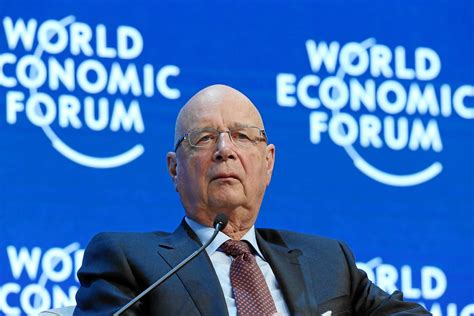
A means of ‘turbocharging’ the ‘Great Reset’?
Critics also connected the U.N.’s proposals to the agendas of other international organizations, such as the World Economic Forum (WEF), which promoted the “Great Reset” and “Fourth Industrial Revolution.”
“In spirit, the Summit and Pact for the Future is a relaunch of the Great Reset,” said Tim Hinchliffe, publisher of The Sociable. “Both talk about reshaping our world, which includes a desire to transform the financial system and to implement global governance surrounding issues such as climate change, healthcare and all things related to the SDGs” (Sustainable Development Goals).
“While the WEF has no direct, authoritative or legislative power to carry out its agendas, the Pact for the Future would be signed by member states whose governments wield actual executive and legislative powers,” Hinchliffe said.
“What they are trying to do is to take the WEF agenda … and turn it into solid international law and from there into solid domestic law,” Boyle said.
According to Michael Rectenwald, Ph.D., author of “The Great Reset and the Struggle for Liberty: Unraveling the Global Agenda,” the U.N.’s proposals “have been written in support of the 2030 Agenda for Sustainable Development and the ‘global governance’ regime that it aims to establish.”
Rectenwald said the proposals involve “accelerating the achievement of the SDGs” and represent the U.N.’s continued “attempt to establish a global socialist world system that is ‘inclusive’ and ‘equitable.’”
“‘Inclusion’ is achieved through such technological means as closing the ‘digital divide,’ which depends on the universal adoption of a digital identity system. Digital identity is the means by which one is ‘included’ and without which one essentially does not exist. Thus, there is to be nothing outside the system — i.e., totalitarian governance,” Rectenwald said.
Global Digital Compact calls for digital IDs, vaccine passports
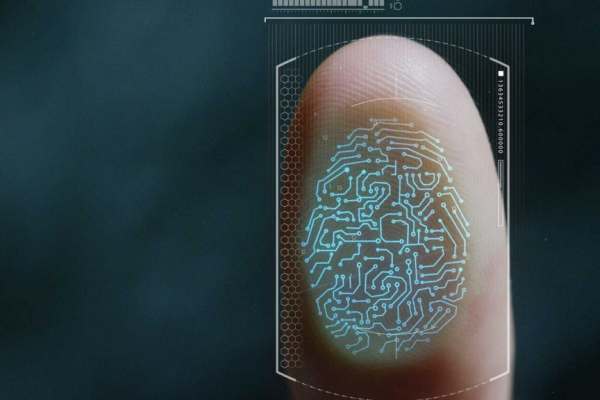
Accompanying the Pact for the Future is a proposal for “A Global Digital Compact — an Open, Free and Secure Digital Future for All.”
Published May 2023, the proposed compact sets out “principles, objectives and actions for advancing an open, free, secure and human-centred digital future, one that is anchored in universal human rights and that enables the attainment of the Sustainable Development Goals.”
However, the compact contains proposals for the introduction of digital ID, “digital public goods” and “digital product passports,” and calls for “addressing disinformation” and preventing the “misuse” of online tools.
“With digital ID, it is easier for governments to censor and threaten voices with a different opinion,” Terhorst said. “In the U.N. proposals, suppressing ‘disinformation’ or ‘hateful speech’ is mentioned. Who is to decide what information is right and what is wrong?”
“Information Integrity on Digital Platforms” policy brief goes further, specifically addressing “threats to information integrity,” such as so-called “misinformation” and “disinformation.” It also calls for “empirically-backed consensus around facts, science and knowledge,” but does not clarify how this “consensus” would be determined.
Similarly, a policy brief on “Transforming Education,” proposes “incorporating practices that strengthen the ability of learners and teachers to navigate the increasing flow of false and fake information.”
The compact also proposes “Novel platform-based vaccine technologies and smart vaccine manufacturing techniques … to produce greater numbers of higher-quality vaccines.”
Terhorst said the goal of digital ID is to introduce global vaccine passports that would “overrule the right of everyone to say no to a vaccination.”
Hinchliffe noted that the U.N. has “established principles for a ‘Code of Conduct‘ that calls on not just member states, but private groups such as stakeholders, digital platforms, advertisers, and news media to crush narratives that go against the U.N. and the SDGs.”
Secretary-general ‘trying to set himself up as the UN dictator’
According to Boyle, the U.N. secretary-general is “supposed to function as a secretary in charge of the secretariat,” but these proposals are trying to “set himself up as the U.N. dictator.” He noted that the U.N. is composed of six independent organs, but said these proposals may usurp their independence.
“He would have authority over them and arguably could exert authority over U.N. specialized agencies like the World Health Organization. That ties in with the International Health Regulations and the Pandemic Treaty,” Boyle said.
Boyle argued that by specifically referring to the Pact for the Future as a “pact,” the U.N. is intentionally “trying to turn this into an international treaty that is binding” under the Vienna Convention on the Law of Treaties.
What’s in a name? “If you call it a pact … that would clearly fall within the terms of the Vienna Convention,” Boyle said.
“We’re in the fight of our lives here. The world has to be alerted to the dangers of this pact.”


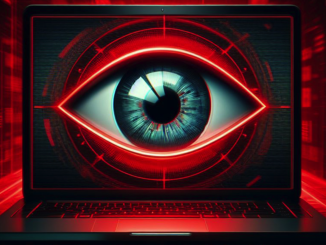
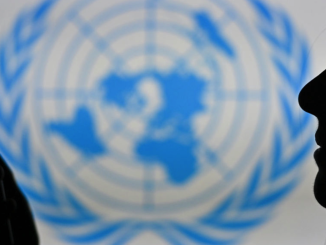
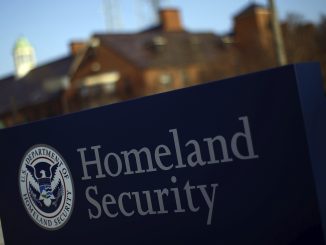
Be the first to comment